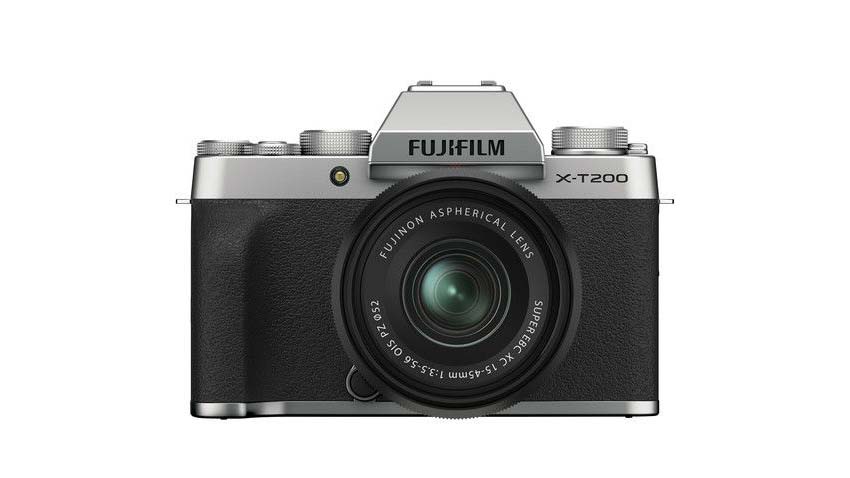
There’s no doubt that Fujifilm makes some of the best high-end cameras that money can buy, provided that you’re willing to invest a hefty sum of cash into professional-grade technology. We’ve seen this with the likes of the X-T3, a camera whose body alone will cost you anything north of R20,000 to own. It’s an eye-watering amount of cash, but one that pays for itself with incredibly sharp pictures and video content that would look right at home on an IMAX cinema screen.
Entry-level Fujifilm cameras though? They’re a bit of a more mixed bag, usually doing something bloody well at the expense of another feature that fans have requested. Getting an entry-level Fujifilm camera that’s reliable on multiple fronts has usually been a pipe dream, until now. The X-T200 is a mirrorless lens counterpunch to the likes of Sony and Canon after they landed a hard-hitting left hook to the X-T100 when it was released.
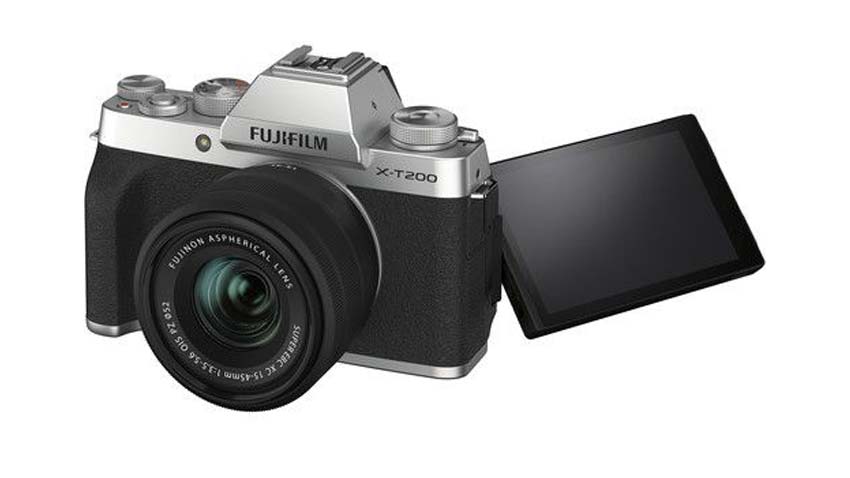
While that camera still had a lot going for it, the X-T200 has tagged itself in with the kind of energy reserved for the last men standing in a WWE Survivor Series. Am I a bit too excited about a Fujifilm camera that won’t break the bank and has the one feature that any vlogger would sell their left nipple for? Possibly, but the X-T200 has main event potential in its entry-level frame that’s well worth talking about.
But before we dig into that, let’s talk about the actual device we’re cradling in my tiny hands here.
As per usual, you can spot a Fujifilm perp in any police line-up. The model I was sent, was atypical of the aesthetics associated with that brand: A mostly black and textured body, with a silver peak minus the Mount Fuji inspiration that other cameras in the line usually sport. The actual body felt a tad too plastic for me, and the body’s built-in hand grip will probably not be to the liking of anyone with a large handshake.
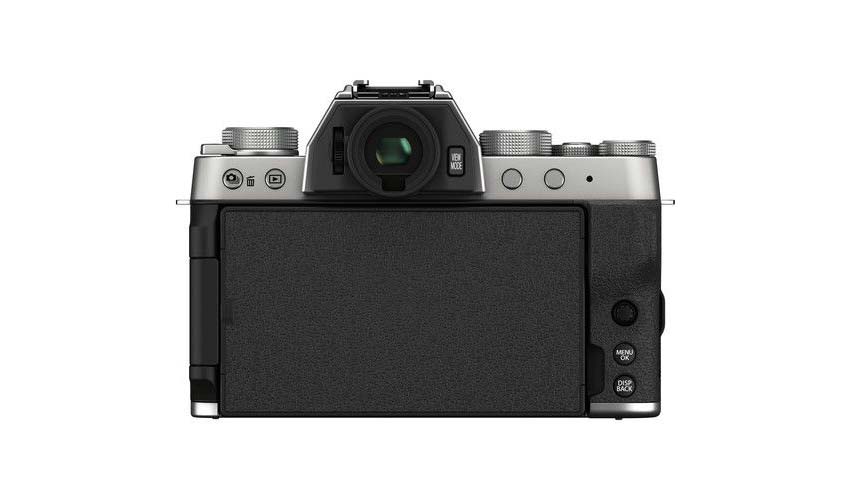
With my small digits, I was still able to grab a solid purchase of the camera, but I’d rather invest more cash in the optional handgrip that one can buy for it. In terms of tacticle functions, Fujifilm has also gone with a less is more approach. Dedicated command dials for aperture, shutter speed, and functions can still be found here, creating a more simplified approach to photography which should be perfect to newcomers. Some of these can be reprogrammed though, so if you’re a pro who knows what they want, you are at least catered to.
The 2.36 million-dot electronic viewfinder is back, sitting above a new 3.5 inch LCD touchscreen that has a resolution of 2.78 million pixels in a 16:9 ratio. It’s the same screen that you’d find on the Fujifilm X-A7, and it means that you can preview some sharp images that you’ve just captured. An autofocus point selector joystick, menu and display buttons finishes off the rear’s main talking points, with the actual interaction in finding photography options in the OS being quick and easy to navigate.
Believe it or not, there is a market out there for people who want a pro-level camera, but who also don’t want to spend all day checking their ISO numbers or adjusting the aperture of their lens. While you could argue that those people would be better off with a Huawei or a Samsung smartphone, it’s officially crazy how expensive those devices are in comparison to a camera that can do a better job and requires minimal effort from the user.
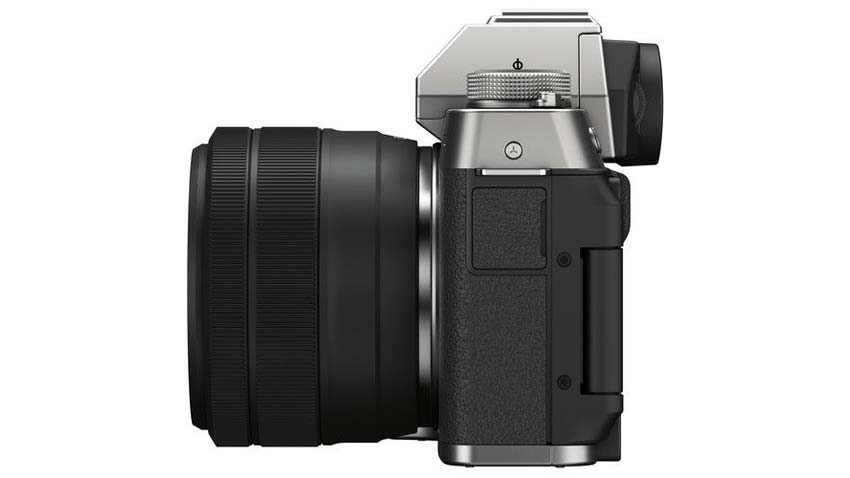
That’s the mindset I went in with on the X-T200, as I stuck to auto and made use of the numerous features available in the camera for specific scenes. If there was a complaint to be had about the X-T100, it was that it was a tad bit slow on the autofocus trigger when compared to its peers. The X-T200 doesn’t suffer from tardy focus issues, as Fujifilm’s Advanced Scene Recognition Auto mode can see what it’s looking at, select the right mode and grab a damn good-looking picture between heartbeats.
I can’t wax lyrical enough just how well-tuned this mode is. Portraits look fantastic, capturing every single glorious imperfection that makes a person look beautiful, the exposure was spot-on and the balance was just right. That detail compared with a vibrant colour palette meant that images had the right amount of pop to them as well, but without being drenched in overly-saturated primary colours.
If you’re in the mood for selfies, then the face- and eye-recognition autofocus was also a godsend. Usually, Sony’s line of cameras have been the king of this particular department, but Fujifilm is a solid challenger to that throne now. On that note, I would recommend that single-shot photography should be the key focus here. Continuous shooting didn’t always net the same vibrant results and at 8 frames per second the X-T200 is still a step behind the competition.
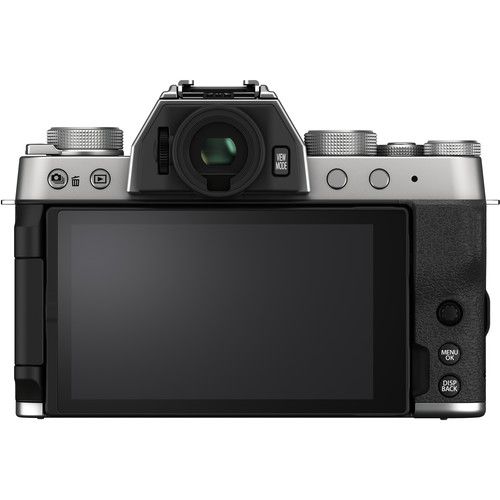
But as a lean and mean portrait machine that can handle a number of other scenarios, I was impressed. Autofocus modes can also be rejiggered, from faces and eyes through to group photo detection, amping up the utility of the camera. You can even experiment with interval shooting and an advanced exposure bracketing mode, if you’re feeling brave.
Here’s the big attraction of the X-T200: 4K video at 30 frames per second. Considering how pointless the X-T100 was at 4K due to it only being able to capture video at 15fps, that’s already a major step up for the sequel camera. Over in the full high definition resolution range, you’re also able to grab 120fps footage and high dynamic range video.
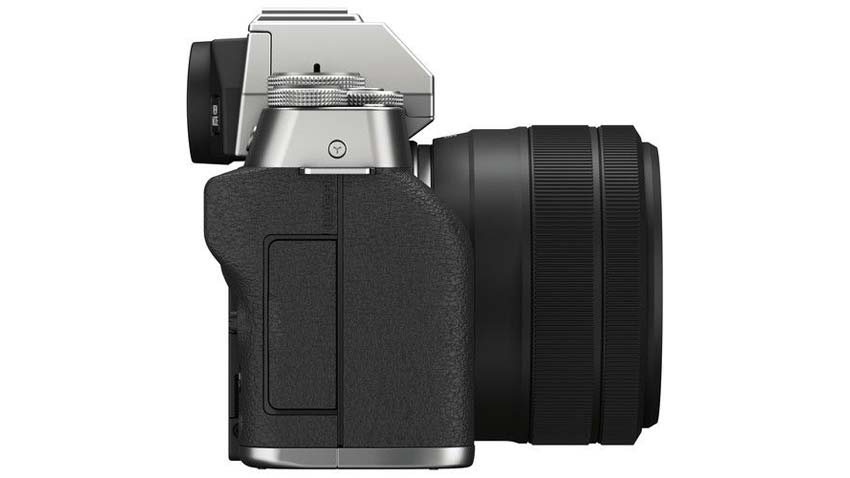
The fact that you can now pull the LCD out into a vlogging-friendly orientation is also a major boost to the X-T200’s list of great features, as plopping the camera down and using the excellent autofocus for some face-time is long overdue. While you won’t be getting the same video experience that Fujifilm’s top-tier offerings provide, Full HD at 50 fps with a 35,000 bitrate should be more than enough quality for any budding YouTuber.
The catch here, is that there’s no no sensor-shift stabilisation while optical stabilization in a Fujifilm kit lens can only absorb so much of the jiggle from regular human locomotion. On a tripod, video shooting is superb for the price being asked. In movement though? You’re going to want to invest in a proper stabilisation rig to smooth out the capture.
You’re also able to use the X-T200 as a webcam if that’s your thing, using Fujifilm’s Webcam X software. A new firmware update added native USB webcam support and a USB Mode selection within the Connection Setting menu that will easily set the X-T200 up on your PC. Video quality using this mode was great, it added a nice bokeh touch to my backgrounds and I looked sharp for once.
BUT, the X-T200 only functions on a video level, so you’ll still need to make use of a standalone option for audio. Seeing as how headsets and dedicated audio devices have become a large part of current pandemic-fearing culture, this shouldn’t be a problem though. But it’s a point that’s worth being reminded over. Good consumer advice, we have it here at Critical Hit.
Compromise is always something to be aware of when buying an entry-level camera, but with the X-T200 from Fujifilm, only a mere handful of them exist within its frame. A journey of a thousand photos starts with a single click, and the Fujifilm X-T200 wants your finger to start that odyssey with its capable camera.
Last Updated: September 30, 2020
| Fujifilm X-T200 | |
|
A camera that snaps fantastic images, is well-tuned to vlogging needs, and can double as a webcam makes for an attractive all-rounder and an encouraging first step towards experiencing even more enthusiast-level photography options in the future.
|
|
|---|---|

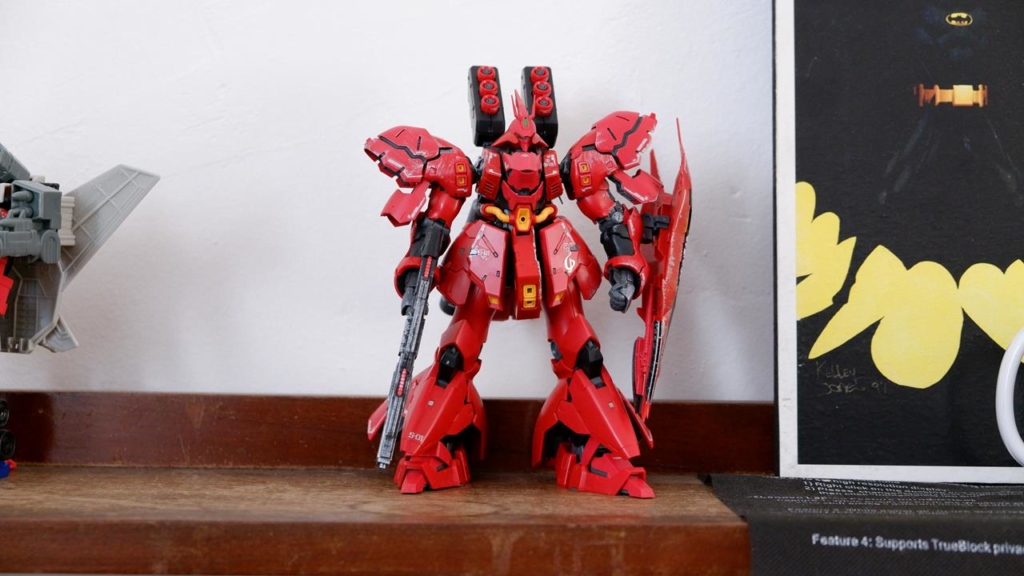



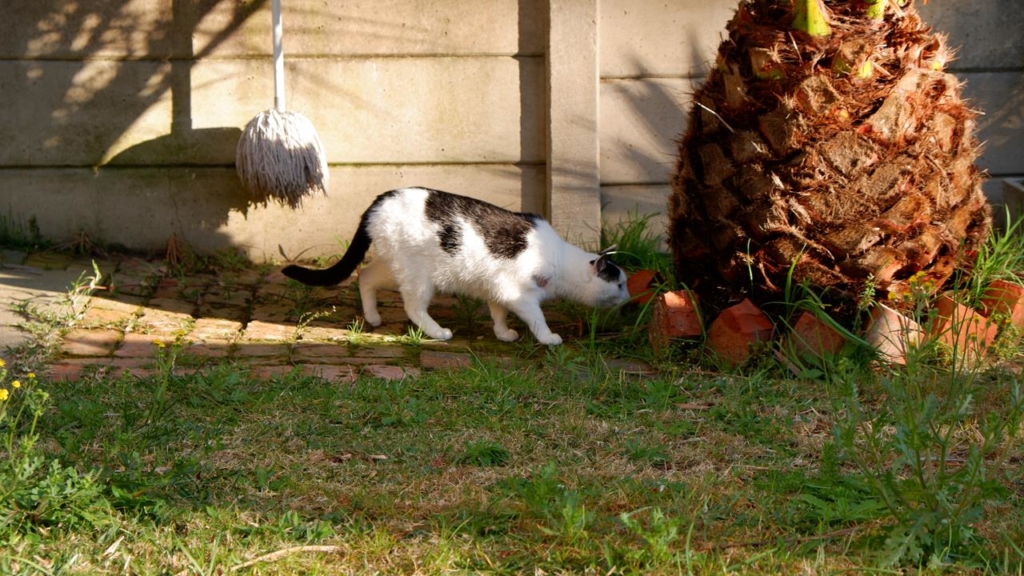




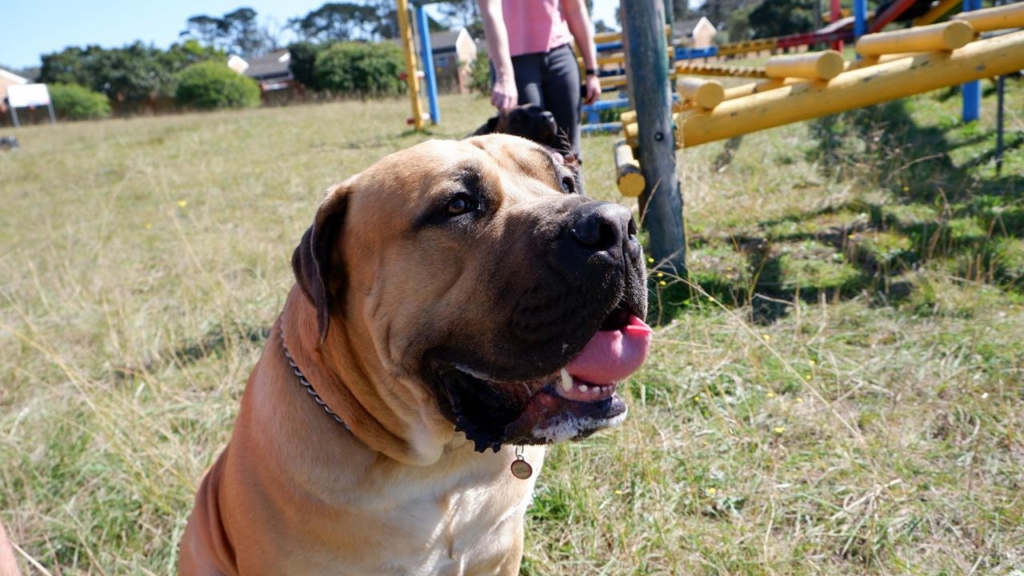


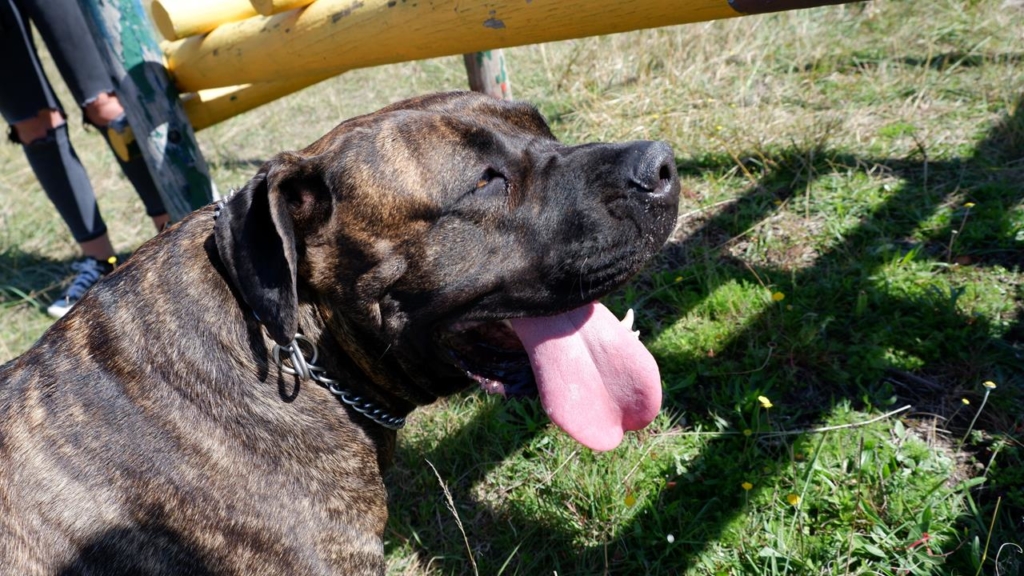








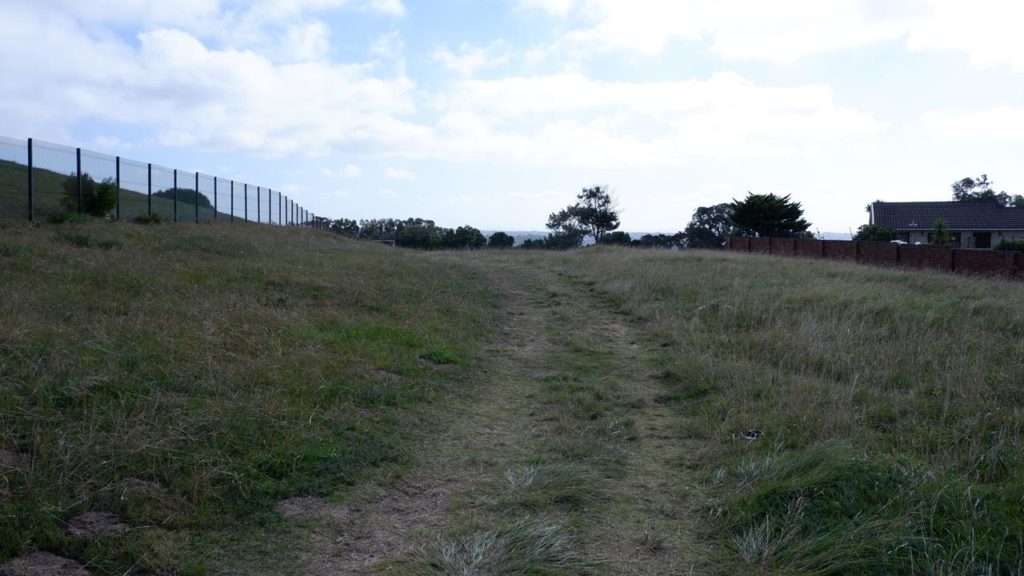


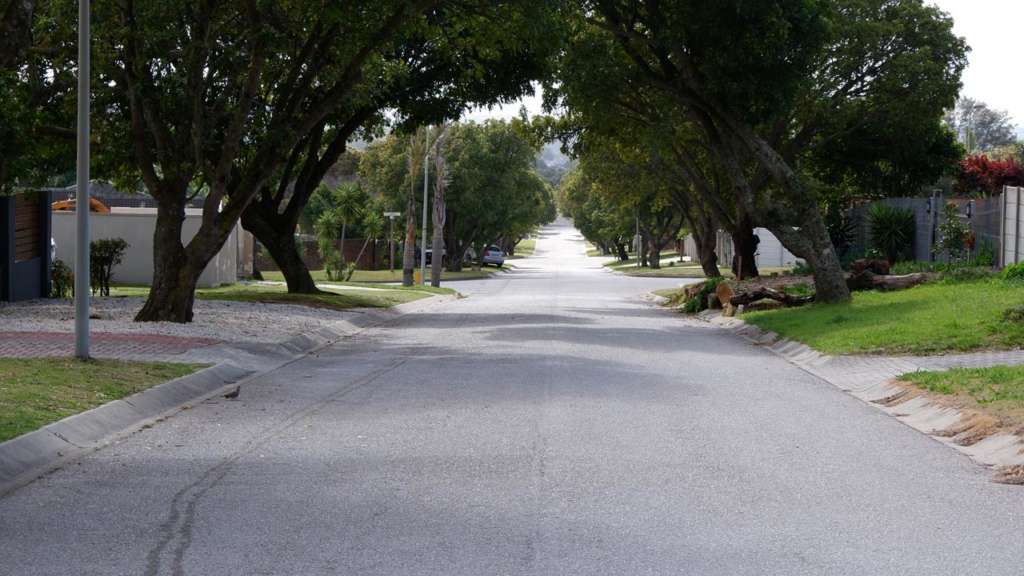


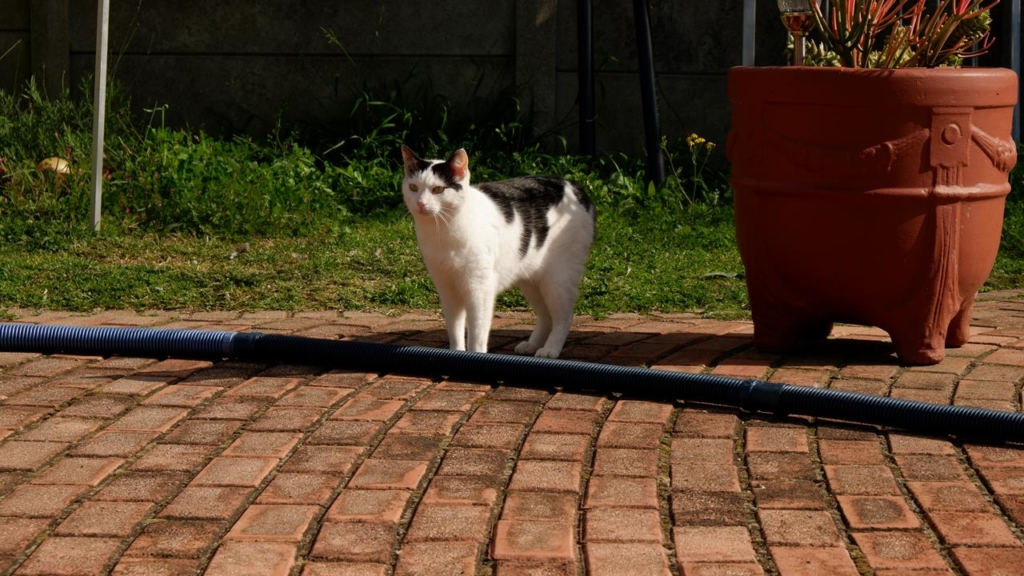
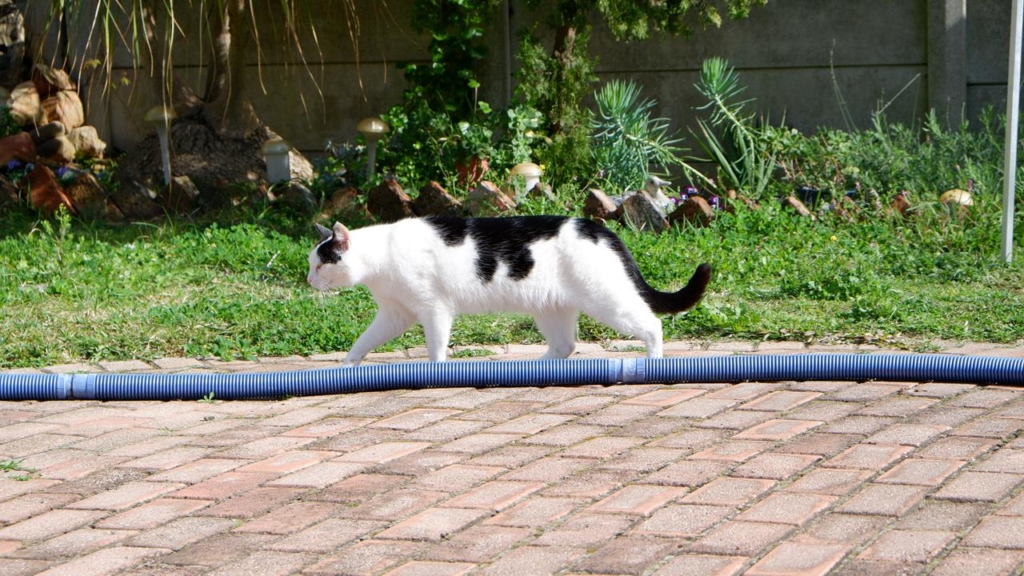
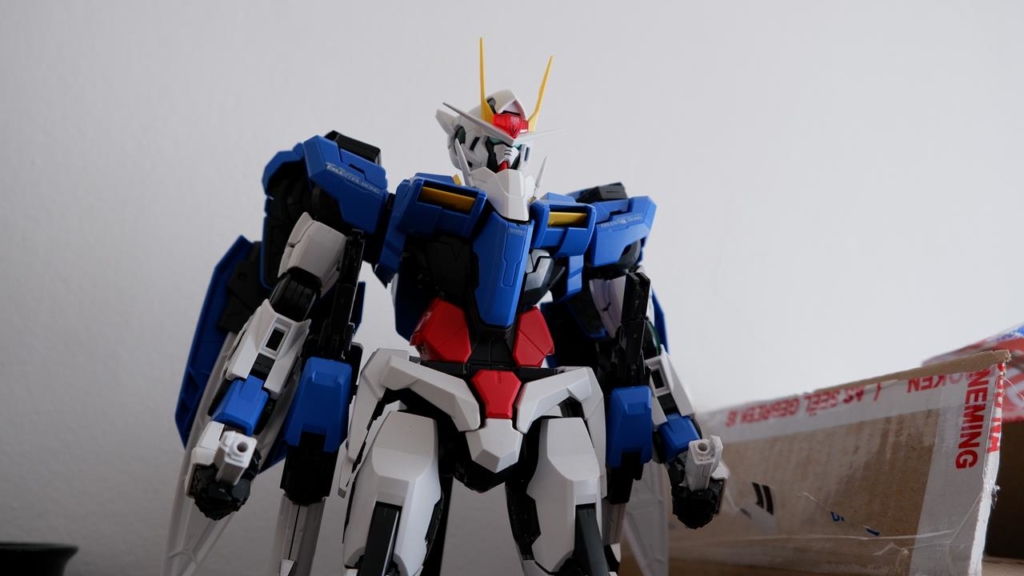
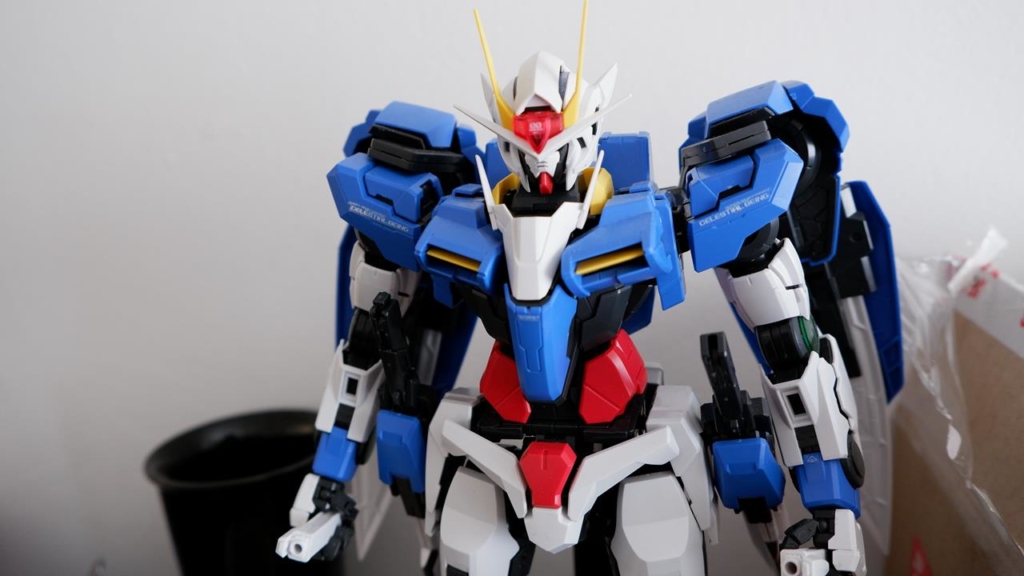
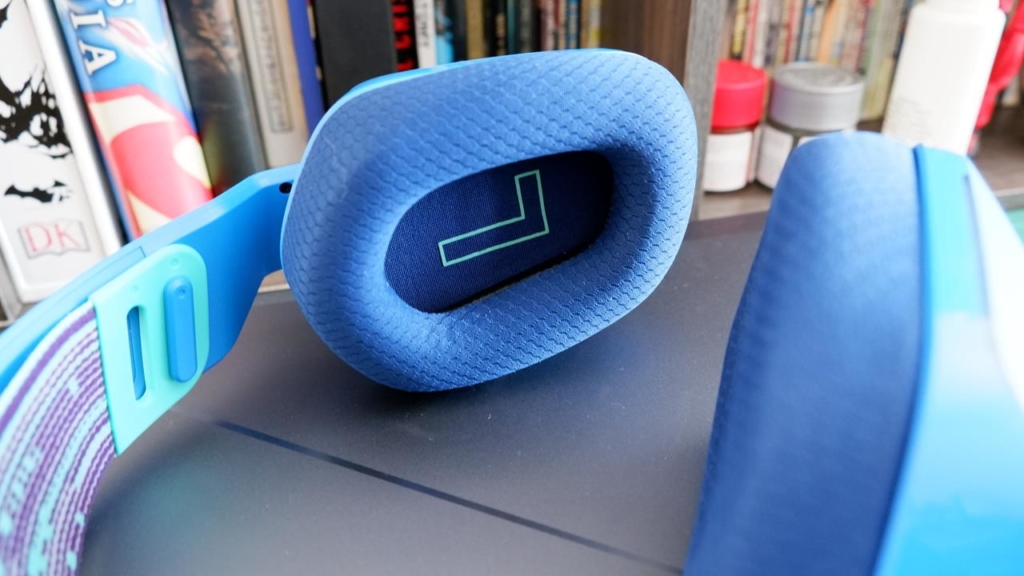
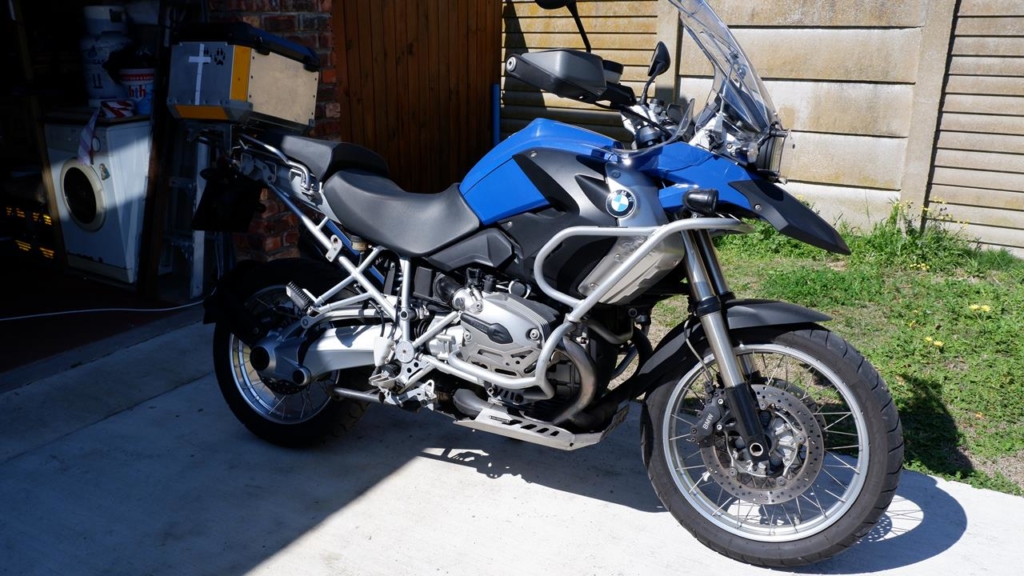
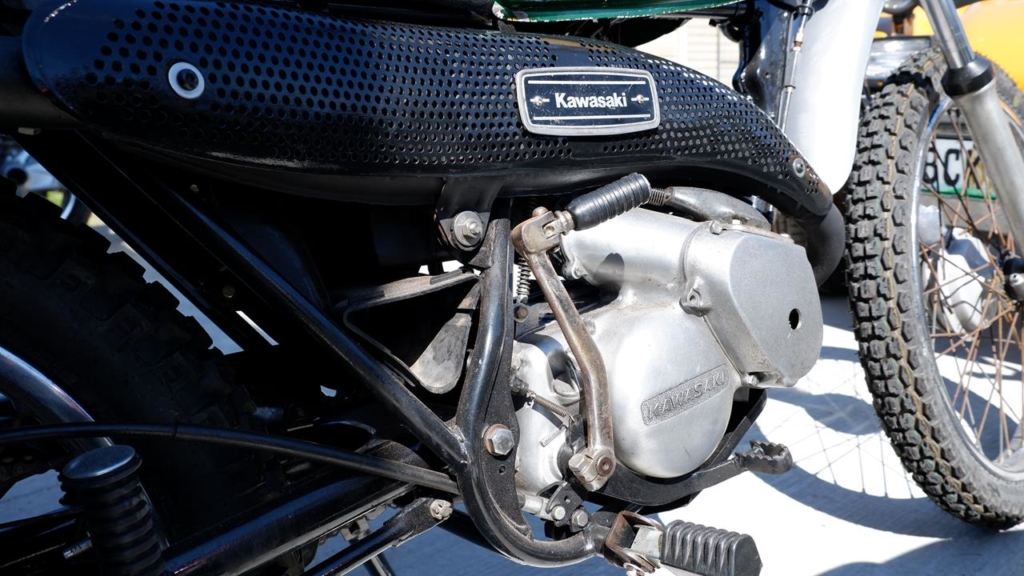
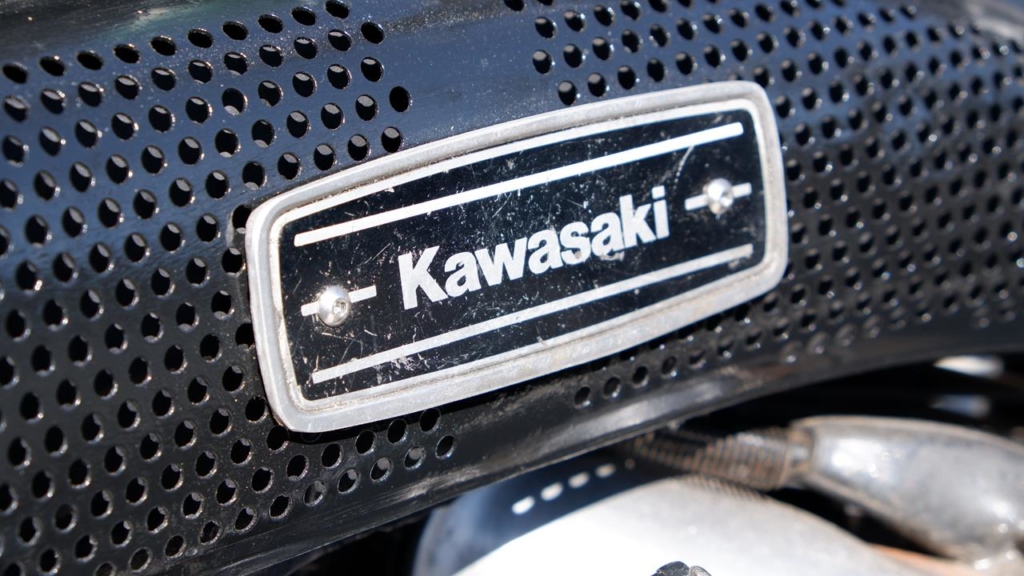























Yondaime
October 1, 2020 at 09:38
16 grand?! I’m definitely not the target market lol